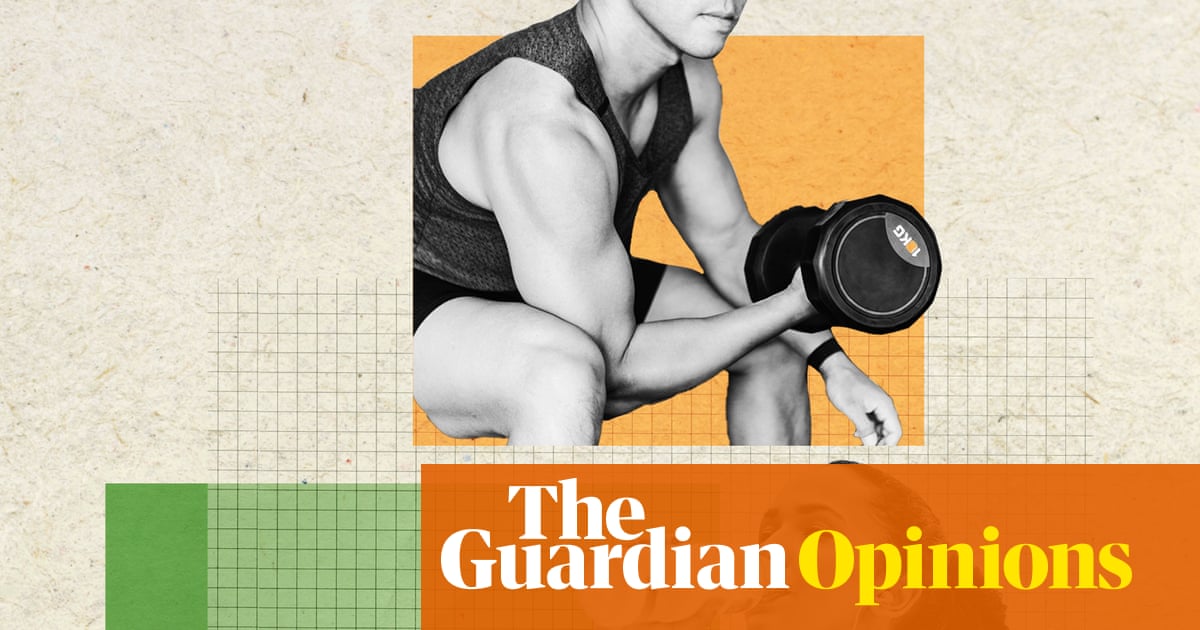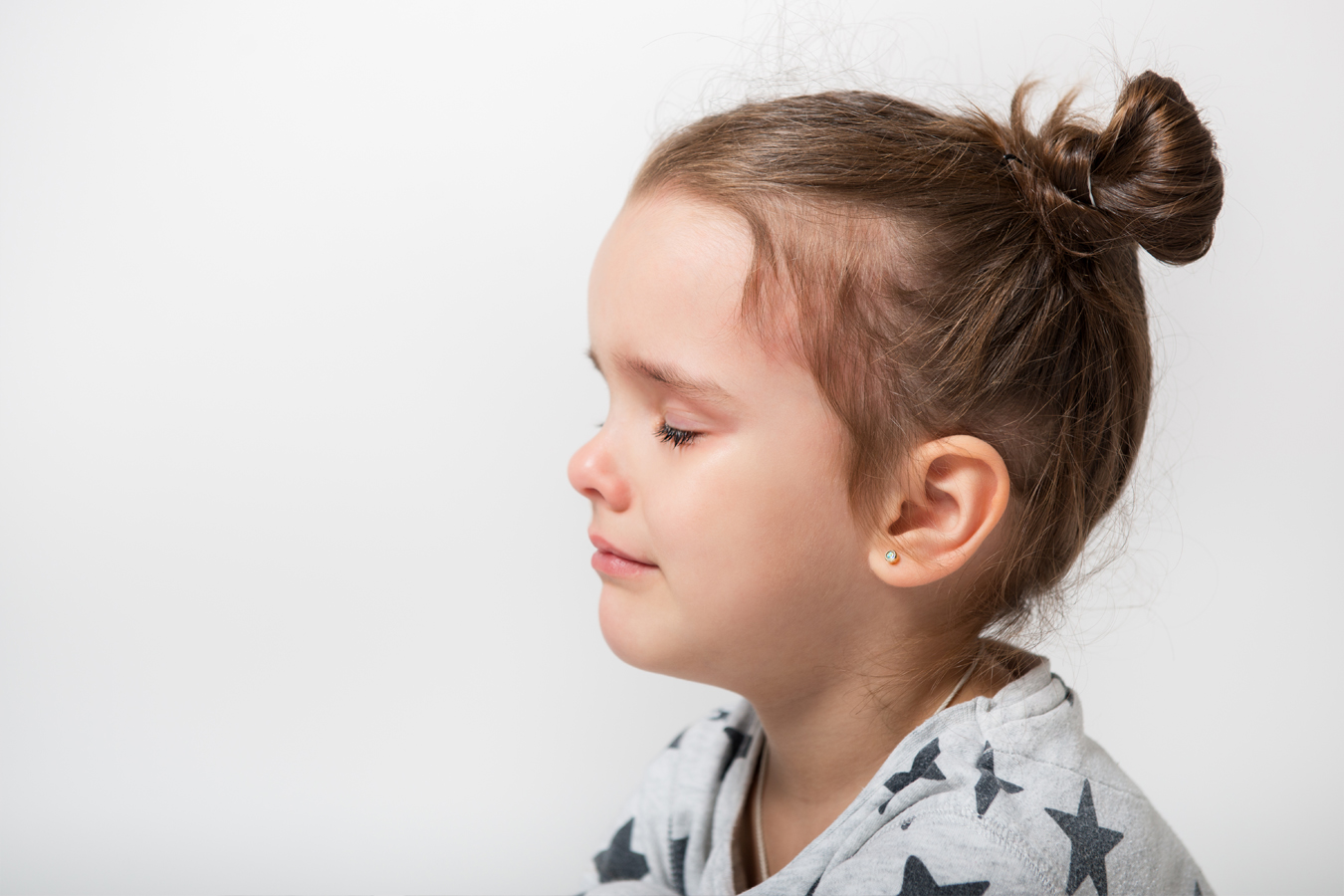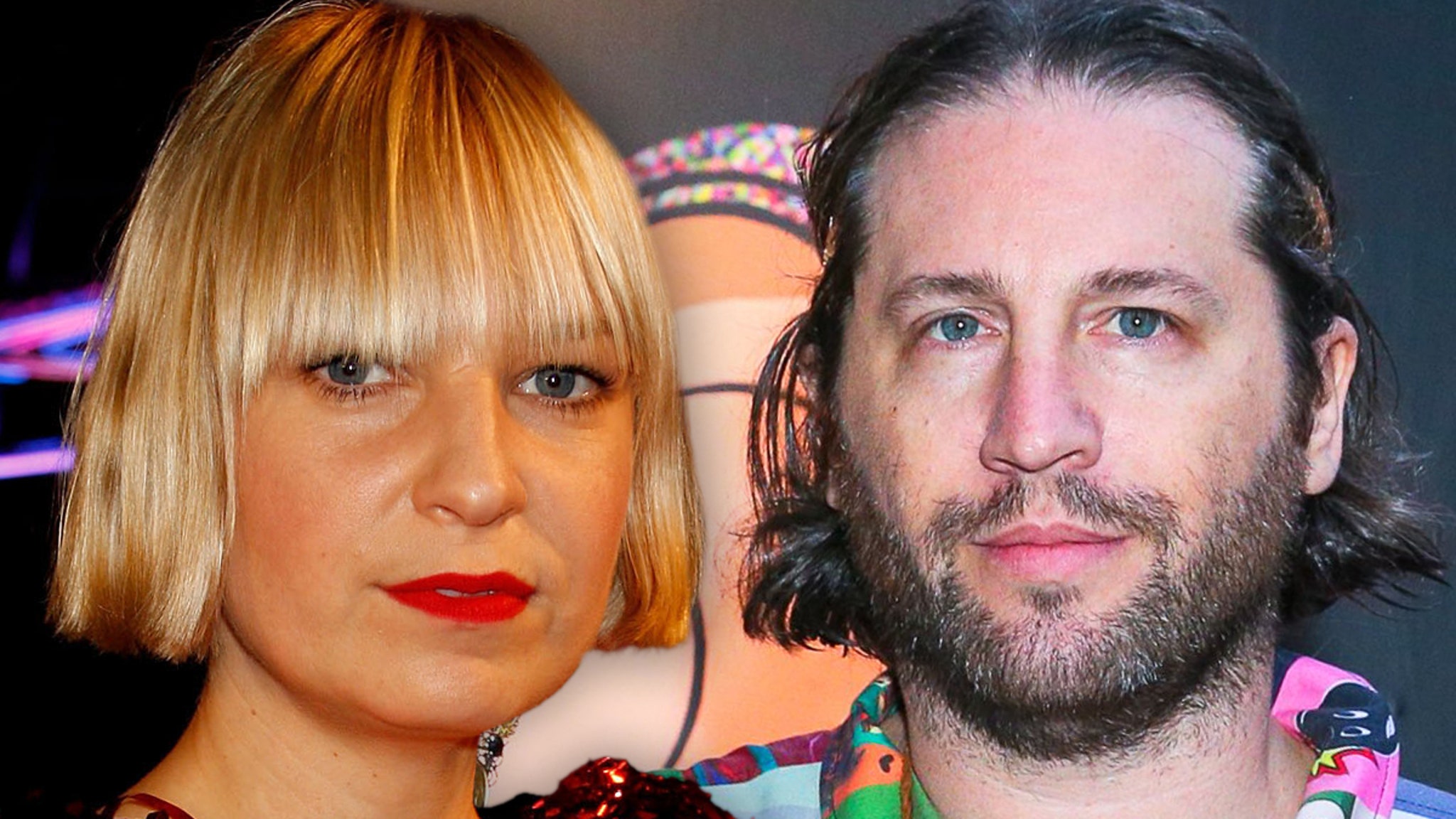Within weeks of the first cases of a “mysterious pneumonia-like illness” being reported in Wuhan, China, public health leaders were convening to assess the threat and shore up systems to mitigate the potential harm to come. This work started unfolding months before COVID-19 would be officially declared a pandemic.
Dr. Seth Berkley — a renowned infectious-disease epidemiologist and former CEO of Gavi, an international organization aimed at improving children’s vaccine access — was one figure at the forefront of the effort to ensure future COVID-19 vaccines would be distributed to the world’s poorest nations. In his new book “Fair Doses: An Insider’s Story of the Pandemic and the Global Fight for Vaccine Equity” (University of California Press, 2025), Berkley recounts those pandemic-era efforts and reflects on what went right and what went wrong.
Live Science spoke with Berkley about the book and the lessons we should take forward into the world’s next big outbreak — the emergence of which, Berkley argues, is a matter of “when,” not “if.”
Nicoletta Lanese: What was the impetus to write this book?
Dr. Seth Berkley: When the book was written, the real purpose of it was to capture the experience [of the pandemic], post-COVID and post-COVAX. COVAX [COVID-19 Vaccines Global Access] was an initiative we put together when we realized that this looked like it was going to become a more severe infection. In doing that, we had all kinds of problems, but in the end, we did do the fastest and largest rollout of vaccines in history. We ended up with 57% of people in the developing world, the poorest 92 countries, getting coverage with primary doses, versus 67% globally — so not perfect equity, but better than it had ever been done before.
What I was worried about is [that] people wouldn’t capture the lessons learned, both good and bad. The book tries to explain what it took to get there, and also who were the good players, who were the bad players.
Now, since the book was written, the world has changed dramatically. I couldn’t — I mean, I suppose I could have ripped the book up and started writing again. I didn’t do that, but I did have a chance to say in the preface, and then later on at the end of the book, how much had changed, given the intense anti-vaccine attitudes that we’re seeing right now in the U.S. government, particularly in the secretary of health and human services [HHS], Robert Kennedy Jr., who is a long-term vaccine skeptic and a conspiracy theorist on these things.
It’s obviously quite concerning in regard to how that may affect Americans. But also it’s important for Americans to understand that the vaccine work that’s done in other countries also affects America, because the diseases we get come from both inside and outside.
NL: On that point, we’ve seen the U.S. withdraw support from initiatives that support vaccine equity globally. What are the potential impacts of that?
SB: So if we go back — I’ll use a period of 50 years, for convenience — less than 5% of people in the world received even a single dose of vaccine. Not all the doses that were recommended — a single dose. And we’ve gone from that level up until vaccines, now, are the most widely distributed health intervention in the world. Along with that, we’ve seen a 70% reduction in vaccine-preventable disease deaths, and we’ve seen a more than 50% reduction in under-5 child mortality, directly as a result of this type of work.
So this is a really big deal. We’ve also seen control of many infectious diseases: the eradication of smallpox, the almost complete elimination of wild polio, the control of measles in many countries, etc. etc. Those are the successes. But the idea now is that we back away from this, when we have these infectious diseases that are still a risk — and as we’ve recently seen in the U.S., we’ve had some big measles outbreaks.
The U.S. actually had received the status of having eliminated endogenous measles infections, meaning that when new infections would occur, they had to come from outside. Now, the U.S. is at risk of losing that designation. This is why it’s so important to think about it globally, because if we see many more measles infections occurring in other countries and given the movement of people, you’re eventually going to see those cases in the United States if vaccine rates go down. And they are going down.
We’ve got a situation where people are discrediting experts and putting people in place who do not have expertise and have preconceived notions on vaccines. They say they’re trying to increase trust, but I don’t see how that increases trust. And we’re now fractured in the U.S.; you’ve seen most recently this idea that states are coming together to put out their own recommendations. Professional societies are putting out recommendations, instead of having one definitive set. In the end, I don’t think that helps with confidence.
NL: Do you feel these shifts in the U.S. stem from an amplification of an old problem we’ve had, or more from a brand-new issue?
SB: It’s a little of both. Vaccine hesitancy has existed from the first vaccine, which was in the 1700s smallpox right after the original vaccine was shown to work. There were cartoons showing — because the vaccine was derived from cows — there were pictures of people with cow horns growing out of their heads and all kinds of things like that. So this is not a new problem.
What is new is having the intense politicization of this — the idea that one political party more than another political party has these beliefs and therefore acts on them, so there are different coverage slates for vaccines for different parties. And then finally, [there’s] the fact that you’ve got government leaders that are pushing these conspiracy theories and discrediting institutions that have scientific professionals and mechanisms that have been set up to try to have the best science possible.
During COVID, we saw Russian bots and Chinese bots that were providing disinformation, and of course, this spread like wildfire. But also for the first time that I know of, we had the U.S. government, the Defense Department, putting out misinformation to try to discredit the Chinese vaccine. So this is a kind of warfare that’s going on that has some terrible effects. … This is a completely different level of anti-vaccine engagement than we’ve ever seen before.
By definition, everybody should invest their marginal dollars in preventing disease before they get to investing in treating diseases — but that’s not human nature.
Dr. Seth Berkley, Brown University
NL: You often hear the argument that, because vaccines have worked so well, people lack a fear of vaccine-preventable diseases. Do you see any validity to that?
SB: When you look at this new era of misinformation — as I said, there’s always been vaccine misinformation. But the difference is, if you are in a country that has very high vaccination rates and therefore the diseases have virtually disappeared, it’s very easy for a parent to say, “I don’t want my kid to be injected with something. … I don’t know anything about these diseases. I’ve never seen them. How bad can they be?” So that’s one side of it.
When you’re living in a developing country and these diseases are still there, you see kids that have morbidity from these diseases. You see people paralyzed from polio. You see people who are blind or deaf from German measles [also called rubella]. And so your benefit-harm ratio is seen as different in these different populations. And it’s the job of science to ask the question, what is the benefit-to-cost ratio of these products?
The other thing that’s really hard is, because we don’t see these diseases, you don’t know the kind of really severe side effects that occur. In measles, there’s a disease called subacute sclerosing panencephalitis. It’s a fairly rare disease — but when it happens, the child’s brain dissolves, and there is nothing you can do.
The challenge is that you don’t want people to live in fear all the time, but no parent wants that to happen to their child. It’s about how you can both educate and have people aware of the side effects of these diseases, and even ones that are rare. That’s really the challenge right now. I think the only way to solve that is education.
NL: Another focus of the book is a roadmap to global vaccine equity. What do you see as the biggest obstacles to that goal?
SB: First of all, the stuff we’ve just discussed, which is having awareness of the value of vaccination, and that’s critical for populations everywhere in the world. And obviously keeping that knowledge up even when the diseases get rarer and rarer is really important.
The second critical point is having access to vaccines. What Gavi was able to do was, by consolidating the buying power of many different countries, we were able to drive the price [of routine vaccines] down 98% from that of what it cost in the United States, which makes it really affordable. Vaccines are cost-effective even at higher prices, but obviously the more affordable they are, the better it is. So a priority is making sure that those products are available and that they are being produced in the quantities they need.
The third part of it is having delivery systems in place, and this is really a challenge. As I mentioned at the beginning, vaccines are the most widely distributed health intervention, and about 90% of families in the world have access to routine vaccines. … Reaching [the last 10%] with that system not only provides vaccines but also provides health access, and it also means there is an early warning system to make sure that there are health workers for everybody — so that if there are outbreaks or weird diseases that appear, you have a system that can report back.
Lastly, I’d say that there’s importance in having global surveillance for new infections. It’s evolutionarily certain we’re going to have new outbreaks and new pandemics, and that warning system is critical for everybody in the world. Building this prevention system, which is very cost-effective, is the right thing to do everywhere, and it’s a matter of making that a priority.
NL: I want to come back to the point that epidemics and pandemics are essentially inevitable. With that in mind, how do we prepare?
SB: Epidemics are evolutionarily certain — certainly, that’s true. So the first part of that is, how do we prepare for things that we know, like flu, like COVID, like hemorrhagic fevers? These are things that we now have interventions for. And how do we make sure that the world is ready, that there are systems of laboratories, that there are stockpiles of vaccines ready to go, and [that there’s] the ability to scale them up?
Unfortunately, a lot of that is now being broken apart. At this moment in time, we [the United States] are firing people in major health agencies. We’re pulling out of the World Health Organization. We’re changing our development assistance and stopping training of scientists, etc. etc. So we are breaking down the systems that exist to deal with that [preparation for known threats], which is a real problem.
Then, when you get to the “unknown unknowns,” you also want to have the science ready to go. There’s a good example right now, of pulling out of mRNA vaccines. [The HHS recently pulled funding from research-and-development projects focused on mRNA vaccines.] mRNA vaccines may not be perfect; they may not even be the best vaccines for some diseases. But they are the fastest, because you can make them very quickly from the genome. Then you can, in essence, “print” the vaccine and scale it up very quickly.
In the case of a very severe pandemic that has a very high mortality rate, that is the best way: to make an mRNA vaccine to deal with it. The idea that we would not want to continue to work on mRNA — improving it, making it better — and instead we’re just pulling research out seems to me to be very, very shortsighted indeed.
NL: To continue on mRNA, would you say that in a pandemic scenario, it’s speed that’s the most crucial element of the vaccine? Or are there other advantages to the mRNA platform?
SB: The absolute advantage there is speed. And remember, COVID had a mortality rate of about 1.5%, 2%. Some of the other diseases that we know of, that potentially could spread, have mortality rates of 20%, 30%, 40%, 50%. If you had something like that — that’s a respiratory pathogen spreading quickly with very high mortality rates — every hour counts in terms of speed.
So mRNA is the fastest. … It may be that, once you have mRNA vaccines, you may want to shift to other vaccines that may give longer duration of protection, give better immune responses, etc. [for a given pathogen]. But you can’t make those in the same time frame, so it may be a handoff from one to another.
One of the challenges in COVID was that there were over 200 different vaccines that were made, but mRNA was so fast out of the block that others really didn’t get a chance to become successful. If I use an example, the Novavax vaccine, which is a protein[-based vaccine], never really got global traction, even though it was a very effective, very safe vaccine that maybe had a longer duration of protection.
The challenge is, how do we, in that setting, have comparative science to say which are the best products? That will not be done by the pharmaceutical sector because they don’t have any incentive to do head-to-head comparisons. That needs to be done by international agencies or by governments.
NL: What else can readers expect from “Fair Doses”?
SB: The book is also filled with lots of interesting nuggets of stories of who behaved well and who didn’t behave well during the pandemic, and that includes political leaders, that includes pharmaceutical companies, that includes agencies. So it gives a nuanced understanding of what that time really looked like.
We came together, along with our partners, to try to see if we could change the normal dynamic that occurs in a pandemic, which is wealthy countries buy all the doses and there’s no doses available for anybody else. That was our goal going into it, and the book tells the story of how we put together this initiative, how we raised the $12.5 billion necessary to buy vaccines, how we ultimately delivered more than 2 billion doses to 146 countries.
One of the questions is, how do we do better? What do we learn from that? And that’s something we try to explore in the book.
Editor’s note: This interview has been lightly edited for length and clarity.
This article is for informational purposes only and is not meant to offer medical advice.
First Appeared on
Source link













